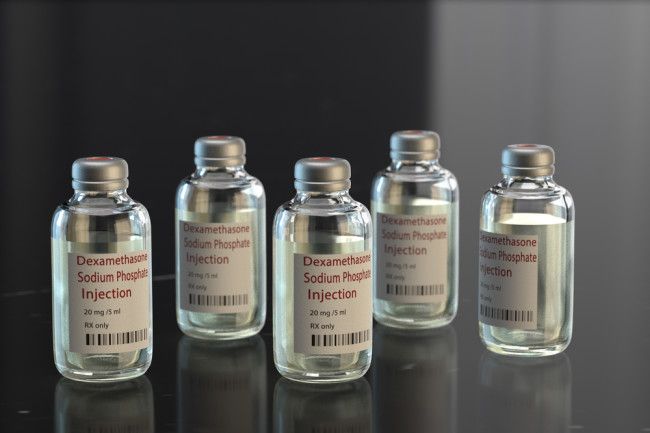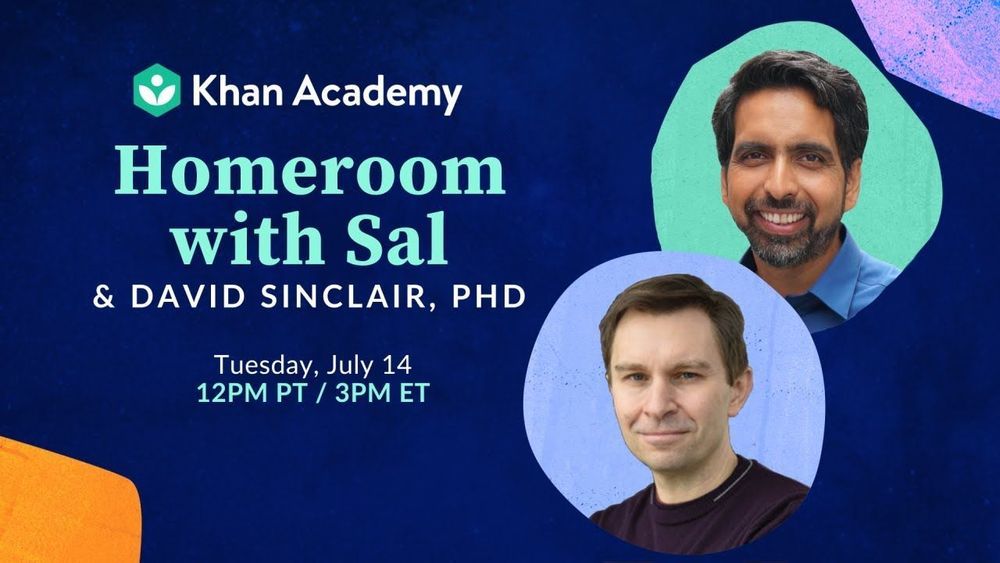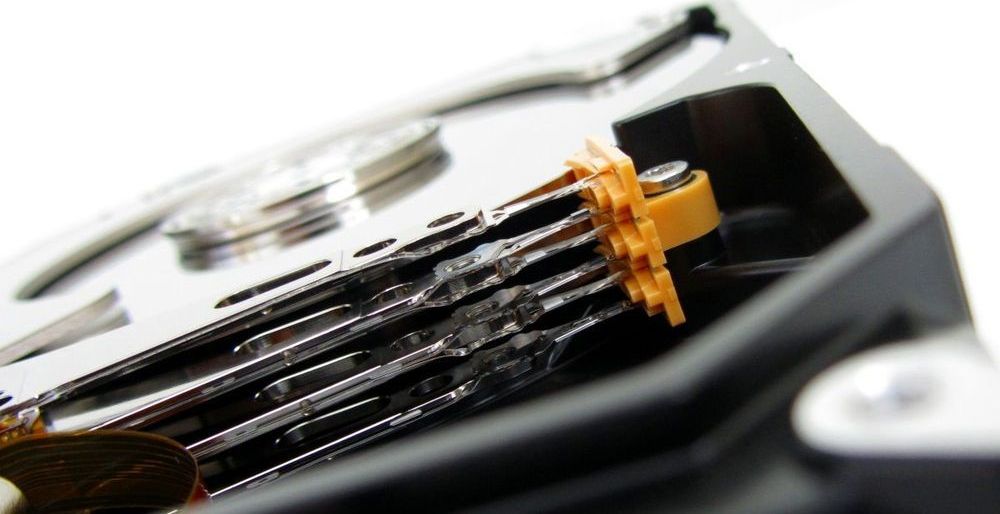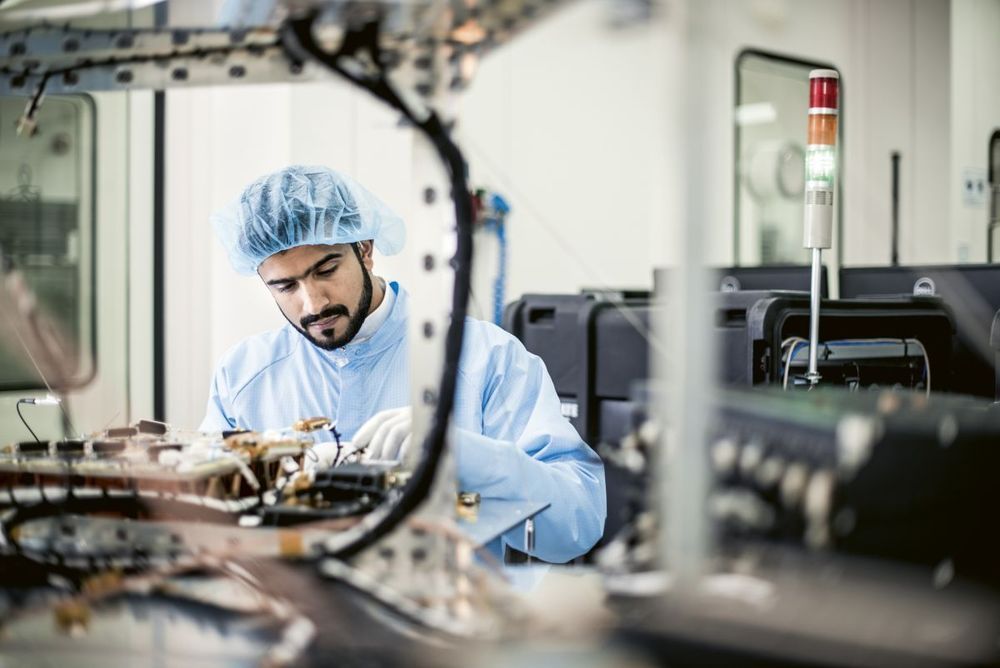Jul 18, 2020
Trust Stamp integrating biometric hash solution with Mastercard on children’s vaccine record system
Posted by Tracy R. Atkins in categories: biotech/medical, cybercrime/malcode, encryption, privacy
Digital identity capabilities from Trust Stamp are now being integrated with Mastercard’s Wellness Pass solution, which it will launch in cooperation with Gavi in West Africa. Proving identity without revealing any information about it is the idea behind Trust Stamp’s zero knowledge approach to online identity verification, according to a profile by Mastercard.
Gareth Genner, Trust Stamp co-founder and CEO, explains in an interview how the company’s Evergreen Hash technology uses biometrics without taking on the risk of spoofing or a data breach that he says come with standard biometric implementations.
The Evergreen Hash is created from the customers face, palm or fingerprint biometrics, which the company uses to generate a “3D mask,” discarding raw data and adding encryption to associate the data with the user.

















